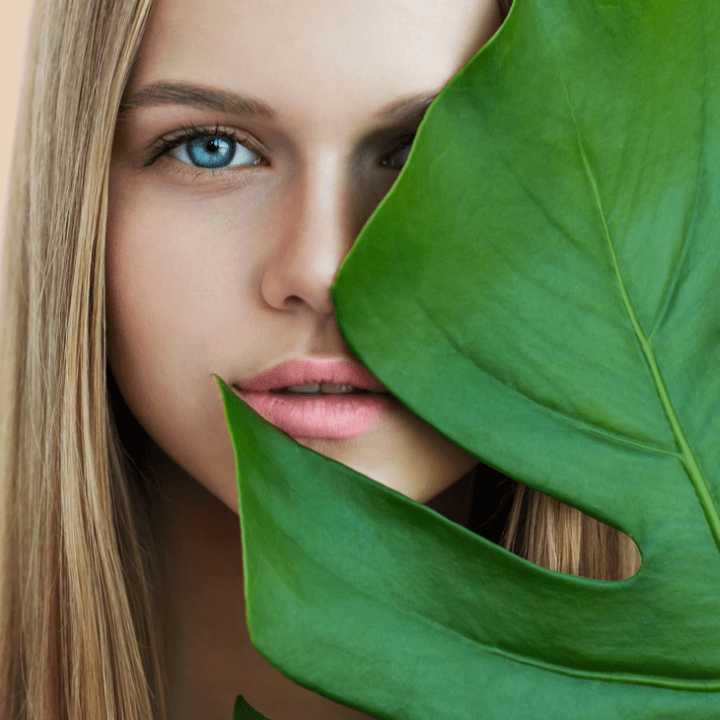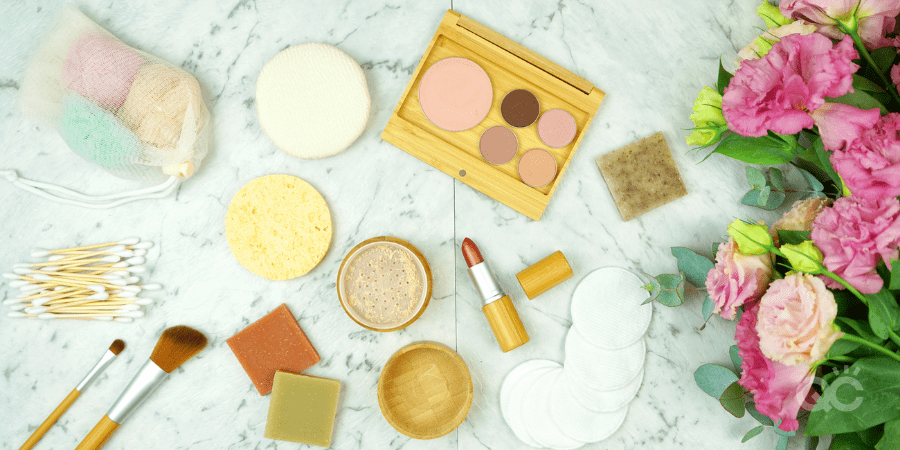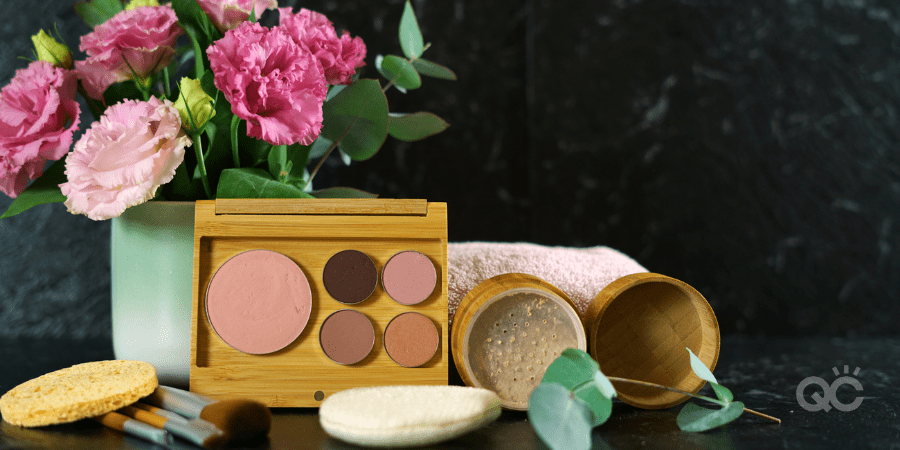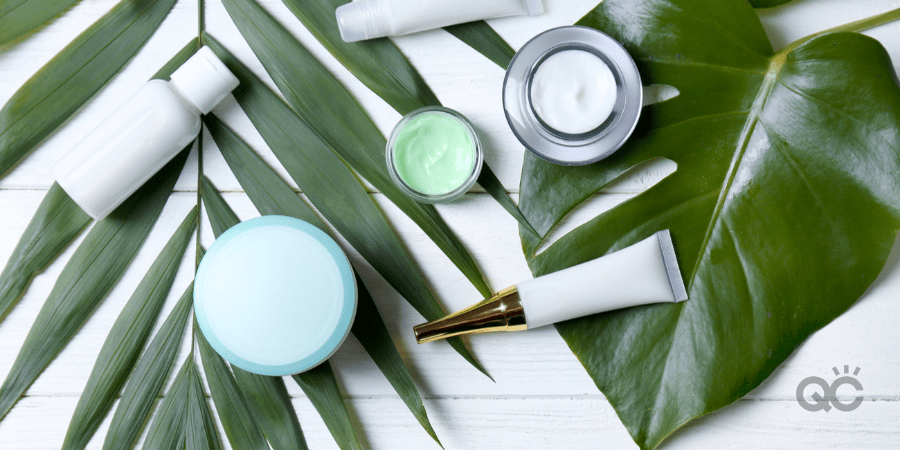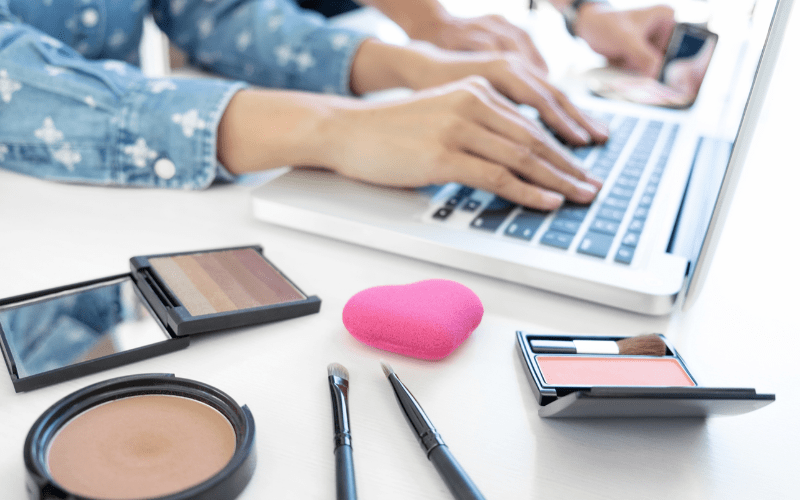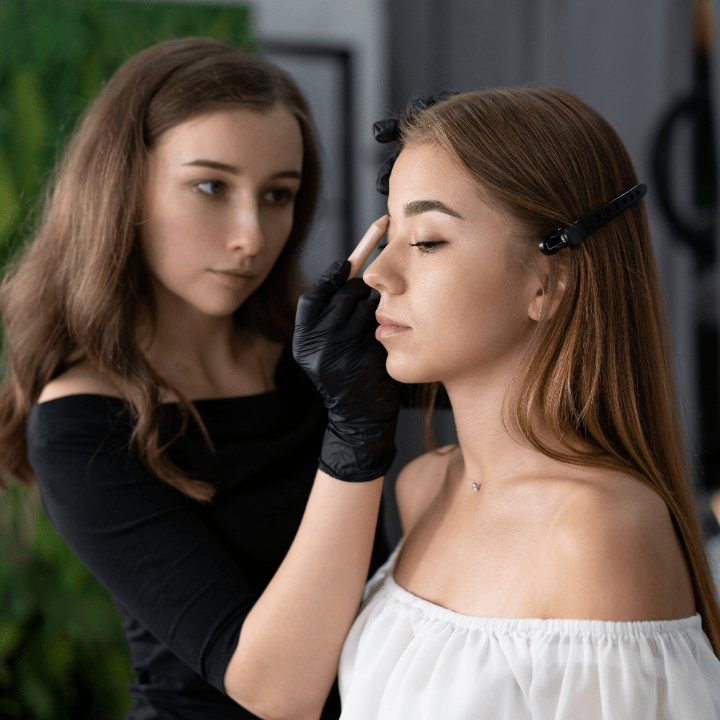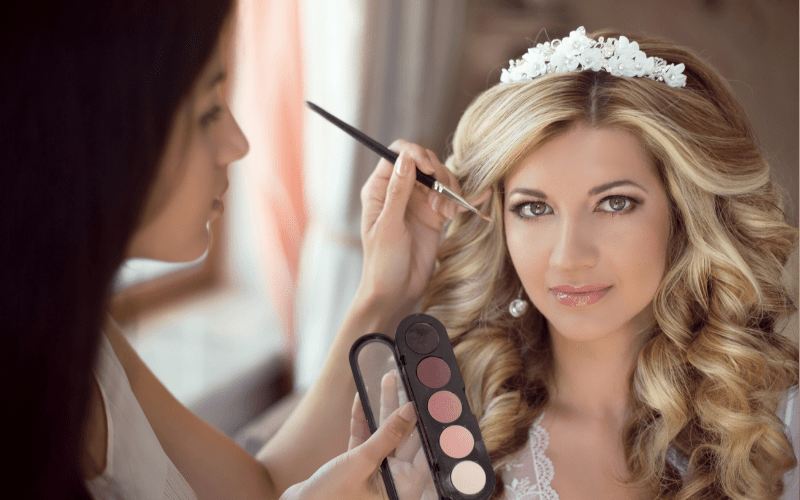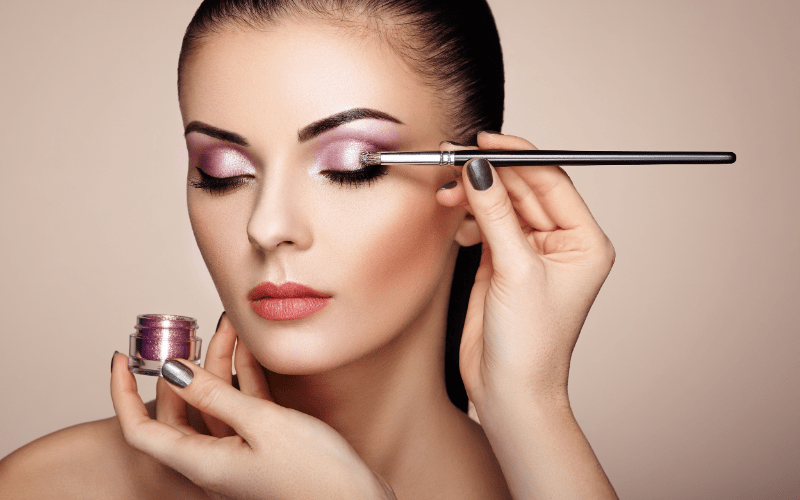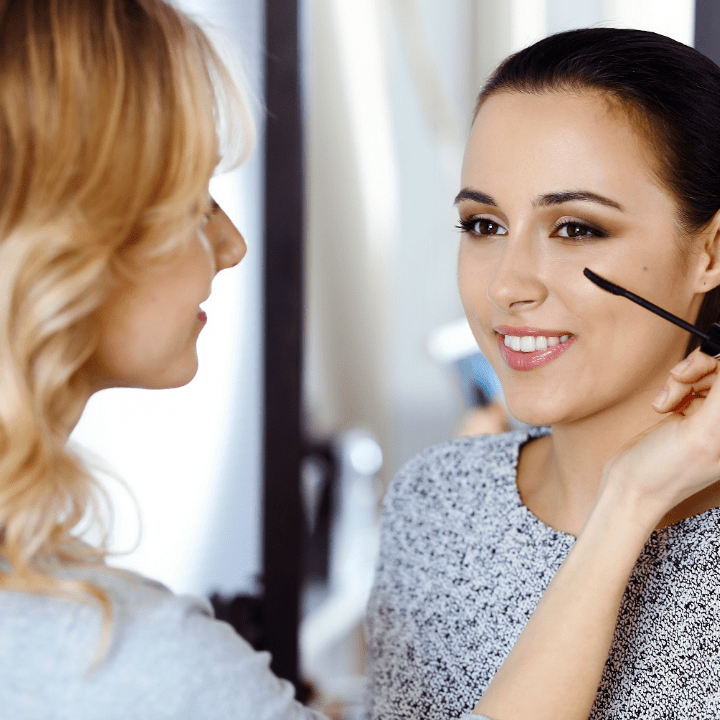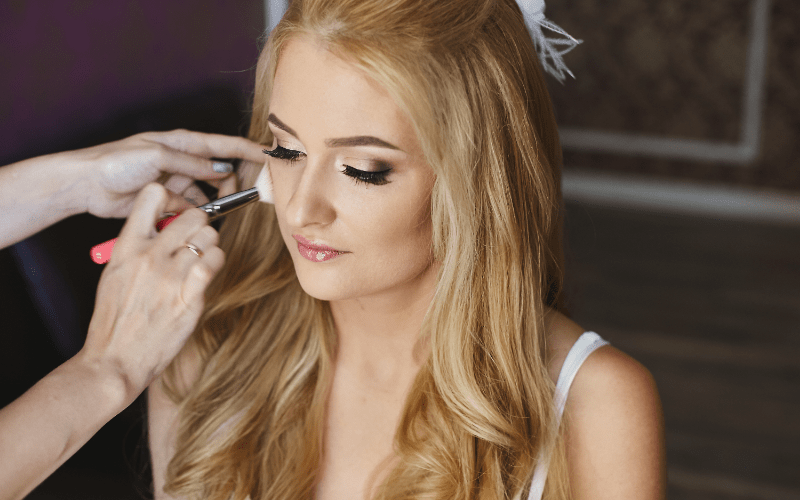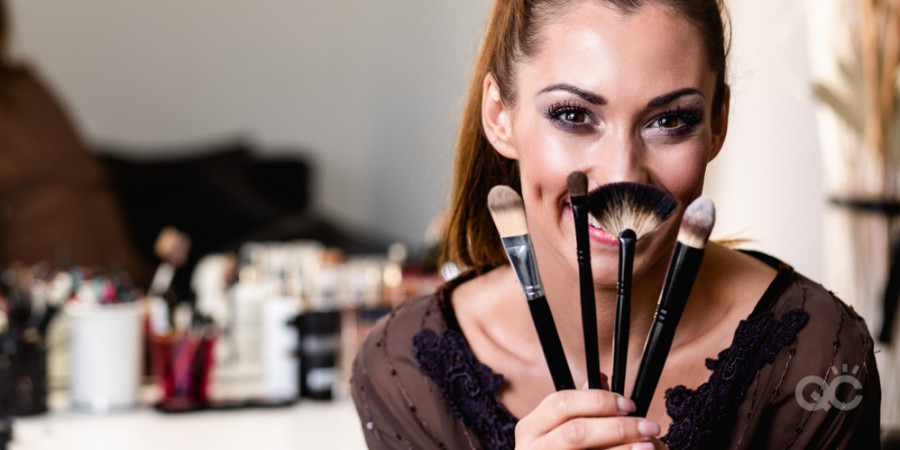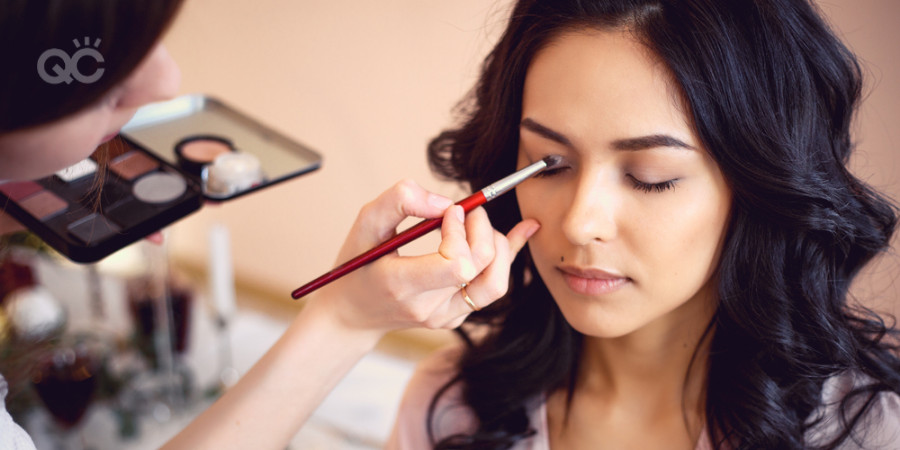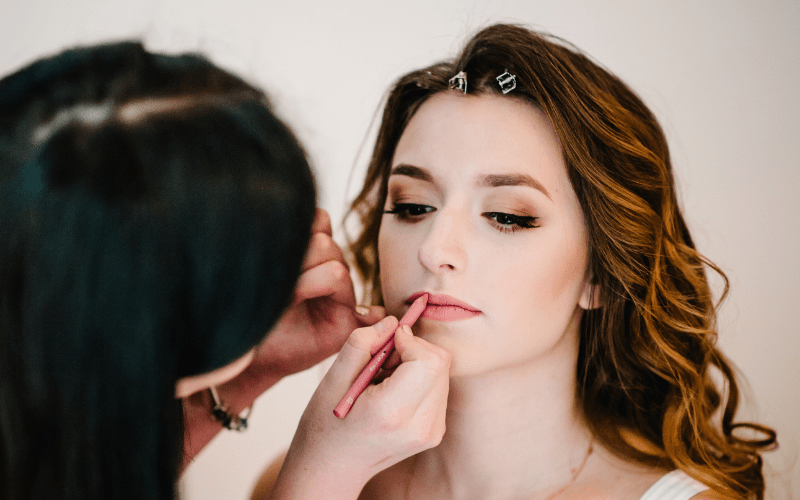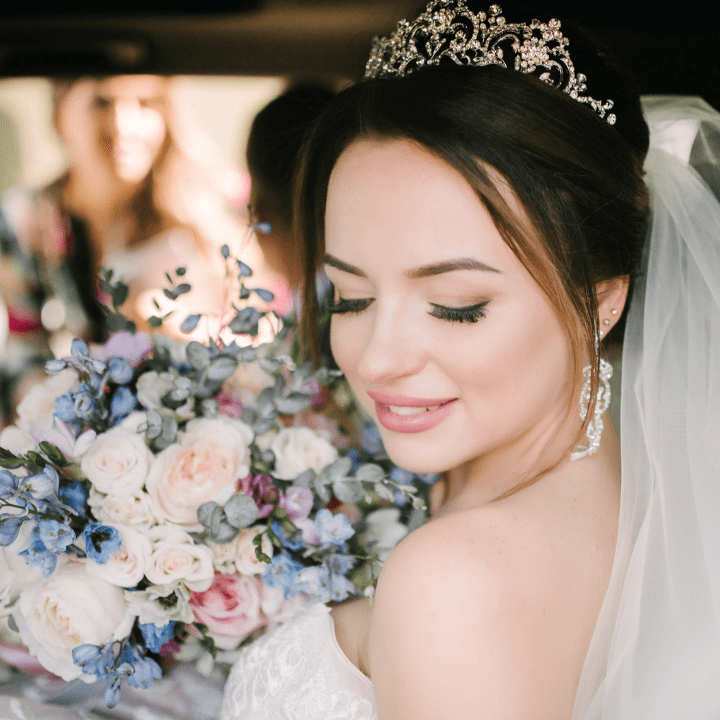
Skincare is important all year round! But depending on the season, your skincare requirements will change. Winter – with its dry, cold air – requires a heavier hand to get healthy skin. On the flip side, there are certain skincare tips that are exclusive to the summer months.
In the summer, the air is hotter and more humid. This changes what your skin needs, in order to stay happy and healthy. In lieu of summer’s official arrival, here are 8 fantastic tips for keeping your skin looking its best from now until autumn!

Don’t overdo it!
Summer is a time to go lighter on your overall skincare routine. Avoid heavy cleansing/moisturizing products, and let your skin breathe! When it comes to cleansers, go for a light, foaming solution instead of a heavy scrub or mask. For moisturizers, find a lightweight day/night formula and apply sparingly.
This goes for makeup products as well! Try not to cake on heavy products in the summer. This will only clog your pores and make your skin angry. Whenever possible, go for lightweight powders instead of heavy creams.
Your skin will take on a natural glow in the summer. Let that shine through!
Moisturize!
Summer air is more humid compared to dry winter days. Most people would use this as an excuse to save a few bucks on moisturizer. But that’s a mistake!
As mentioned above, you’ll want to switch to a lighter product in the summer. But continuing to moisturize is extremely important, even in the height of summer. Remember, even though the air might be more humid, the harsher summer sun and hotter days will work on drying your skin all the same!
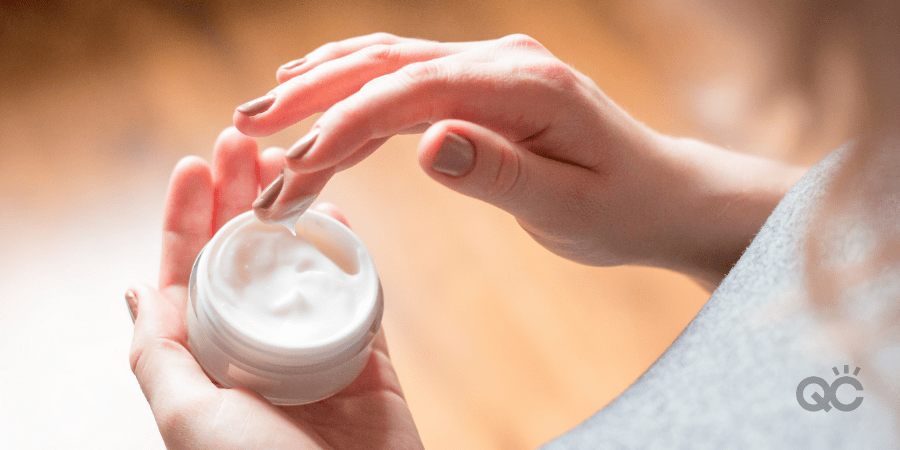
Care for your pores!
Remember: you might be sweating more in the summer. So, make sure that whatever moisturizer or makeup products you choose don’t clog your pores. Clogged pores + heat will lead to acne and other skin afflictions that you want to avoid! Use a cleanser that works on flushing out your pores without drying your skin.
Exfoliate!
I don’t know about you, but I’m a beast when it comes to scrubbing my skin. Well, good news: you have permission to up your exfoliating game in the summer!
Don’t overdo it, of course! Increase your exfoliating routine gradually, and stop if your skin starts reacting negatively. That being said, you can definitely increase both the intensity and frequency of your exfoliating routine during the summer.
This is especially important after a day in the sun! Scrub and use exfoliating products to remove dead/damaged cells. This will help reveal the healthy skin just beneath the surface. Trust us, your skin will thank you!
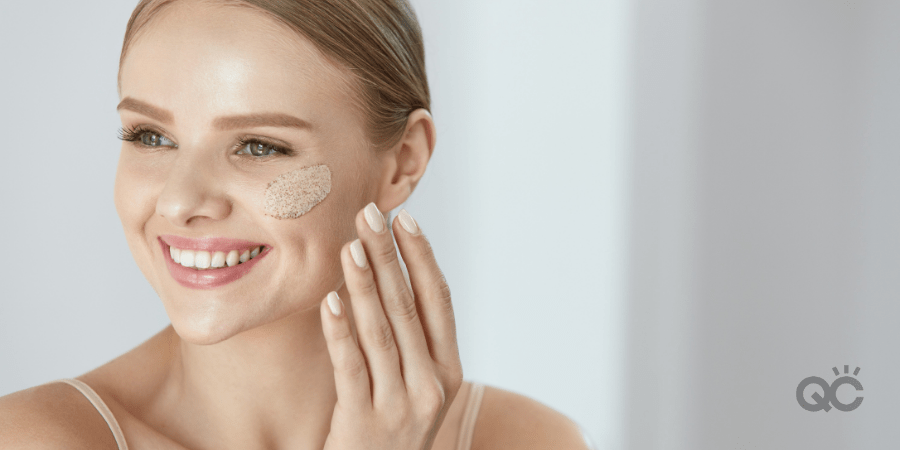
Nourish your skin!
Antioxidant-rich serums are important all year long, but even more so in the summer! This is because they help minimize sun damage.
A skin nourishing regimen will reduce the appearance of irregular pigmentation, and help combat the appearance of wrinkles. Specifically, opt for a serum that’s high in vitamin C. For best results, apply daily before bed, after you’ve exfoliated.
Drink lots of water!
This might not sound like a skincare tip, but when you get dehydrated, the first organ to suffer will be your skin. So-called “combination” dry/oily skin is a myth! In reality, that means you actually have oily skin and you are dehydrated, which is why your skin appears dry.
When you think about it, it makes perfect sense. Summer is hot. You’re likely sweating. This means you’re putting out water, and that water needs to be replaced somehow. So, increase your daily water intake to help your skin glow during the summer!
As a general rule of thumb, drink at least 8 glasses of water per day. If you’re exercising and/or if it’s exceptionally hot outside, drink even more!
Pro tip: Drinking soda, sugar-packed juice, hot tea, alcohol, coffee, etc. won’t hydrate you. Some of those actually contribute to dehydration! Nothing compares to drinking good old water. And hey, water’s cheap! So, drink up!

Sunscreen (duh)!
Sunscreen is important, even in the winter. (Yes, you heard us!) But while in the winter, you can possibly get away with an SPF-enriched daily moisturizer, summer won’t be as forgiving.
Gone are the days of lathering baby oil on your skin and sitting in the sun to bake until you get a golden tan. We know now that a tan is basically damaged skin. Not to mention, skin cancer doesn’t look good on anyone.
So, for the summer, invest in a good quality sunscreen. When shopping around, look for something that’s at least SPF 30. Then, make sure to apply it often!
Even if you have higher SPF, you should apply your sunscreen on exposed skin every 2-3 hours. Look for products that won’t clog your pores. This is especially important on the face! Rich and heavy sunscreen can lead to acne breakouts.
Take a Skincare Course!
The best way to become an expert in anything is to become properly educated. So, why not take an accredited Skincare Course and become an actual pro? These days, you can do makeup school online – which is PERFECT when staying at home is especially important (such as during a pandemic). Any online makeup school worth its salt will offer some sort of skincare training.
QC Makeup Academy, for example, provides an internationally-leading Skincare Course that will actually certify you as a professional skincare consultant! Could there be any better way to learns the ins and outs of happy, healthy skin?
Plus, you can then add it to your career and help others with their own skincare needs! Talk about a win-win!
